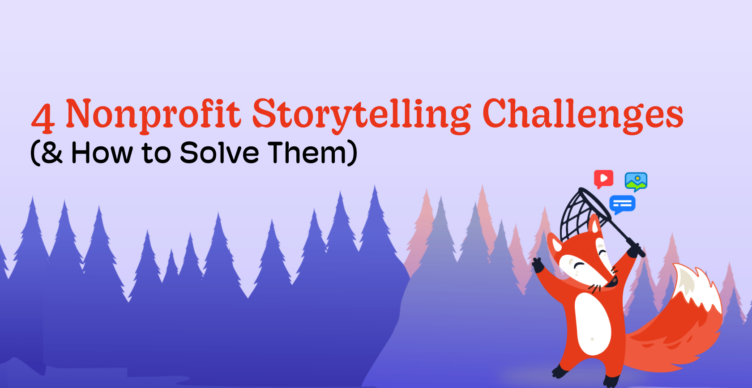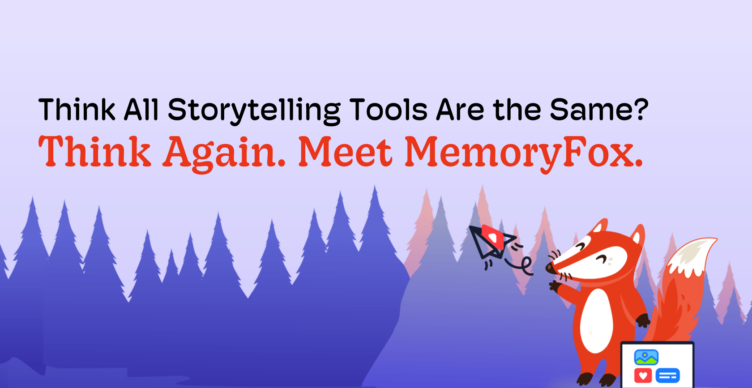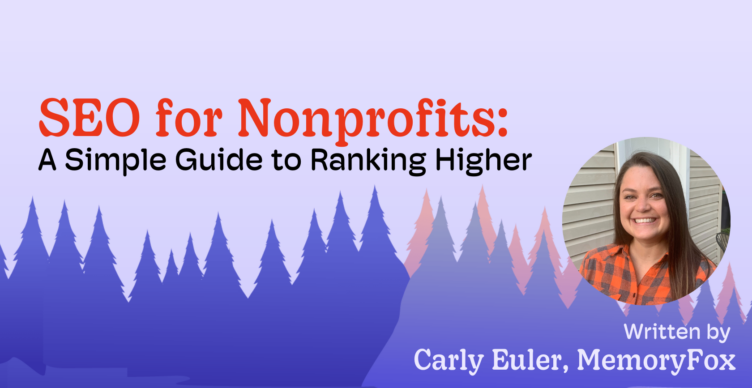Storytelling Strategy
Nonprofit Storytelling: 6 Steps to Crafting A Powerful Story
Nonprofit storytelling is the single most powerful way to connect people to your mission and raise more money.
This simple framework has been used by thousands of nonprofit staff. Following these six steps will ensure the story you are telling causes readers or listeners to learn something new AND feel a deeper connection.
Step 1: Identify the one person to talk about. This could be a client, board member, long-time volunteer, staff, a donor – you decide. And, make certain you have permission to share their story.
Step 2: Flesh out the details: include a first name, age, a physical description, and a few relevant details about their life. Change the name and some details if confidentiality is necessary.
Step 3: Include specific or “exact” results. These are measurable. Got a job. Have a home. Graduated. Learned how to be a board member. Saved the river from being deluged with unhealthy chemicals.
Remember: The conflict is the oxygen in your story. It’s why people listen and want to know more about the journey.
Step 4: Include one or two personal transformations. These are NOT easily measurable but are the empathy-generating examples of how the person feels. A personal transformation for a board member might be that being on your board allowed them to feel useful and a part of community. A personal transformation for client might be that they feel hopeful or safe.
This step is often forgotten or gets minimal attention in nonprofit storytelling. But this is the step that connects your community to the impact of your work.
Remember: THE PERSON is the hero of the story. Not your organization.
Step 5: Choose emotionally engaging words. Choose adjectives that describe how someone feels: Cautiously hopeful, uncomfortably shy, precious, vulnerable, smiled from ear to ear.
Step 6: Include your money story. Include “what it takes” financially to support one person and fully fund your mission this year. This is not an ask for money. You are sharing your money story by explaining what it takes financially to provide your programs and services.
Some examples: what does it take to provide job hunting support, coordinate one pet adoption, provide group therapy, or provide in home care for one senior — one day or week or month at a time.
It’s especially important to do this to dispel any myths about why you require philanthropic support. Being specific about your money story helps your supporters understand there is more to do… and they often give again or give more.
Once you’ve followed these six steps and collected the relevant information it’s time to craft your story. To guide you here’s a free template: Lori’s two-page simple nonprofit storytelling framework will help you craft a powerful, engaging story to engage your community.
Check out the fun video conversation Lori had with MemoryFox founder Chris Miano:

About the Author
Lori L. Jacobwith
Founder, Ignited Fundraising
The sweet spot of her work is to help organizations put a face on their impact by sharing inspiring, ethical mission moment stories. For more than 35 years Lori has had a laser focus on helping nonprofit staff & board members implement fundraising solutions that put ease and joy into raising money. To date, she’s helped nonprofit organizations raise more than $500 million. Public speaking & training remain her passion in her quest to fulfill her personal mission of helping as many nonprofit organizations as possible exceed their annual fundraising results.




